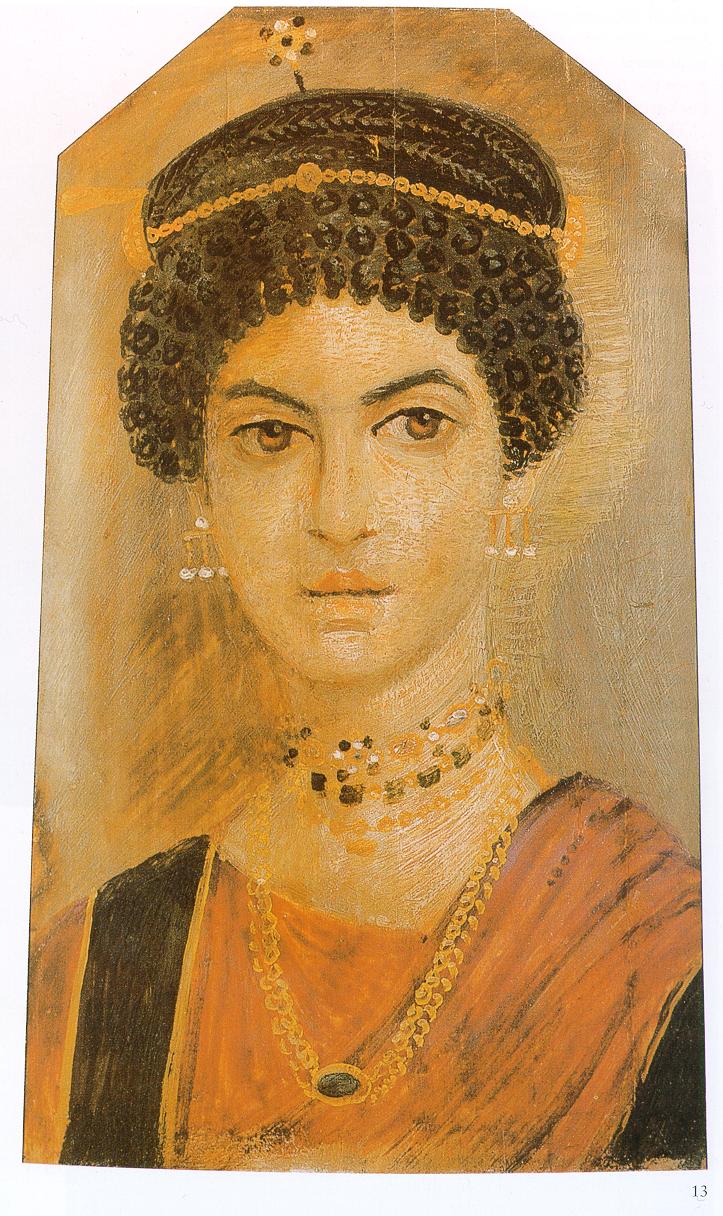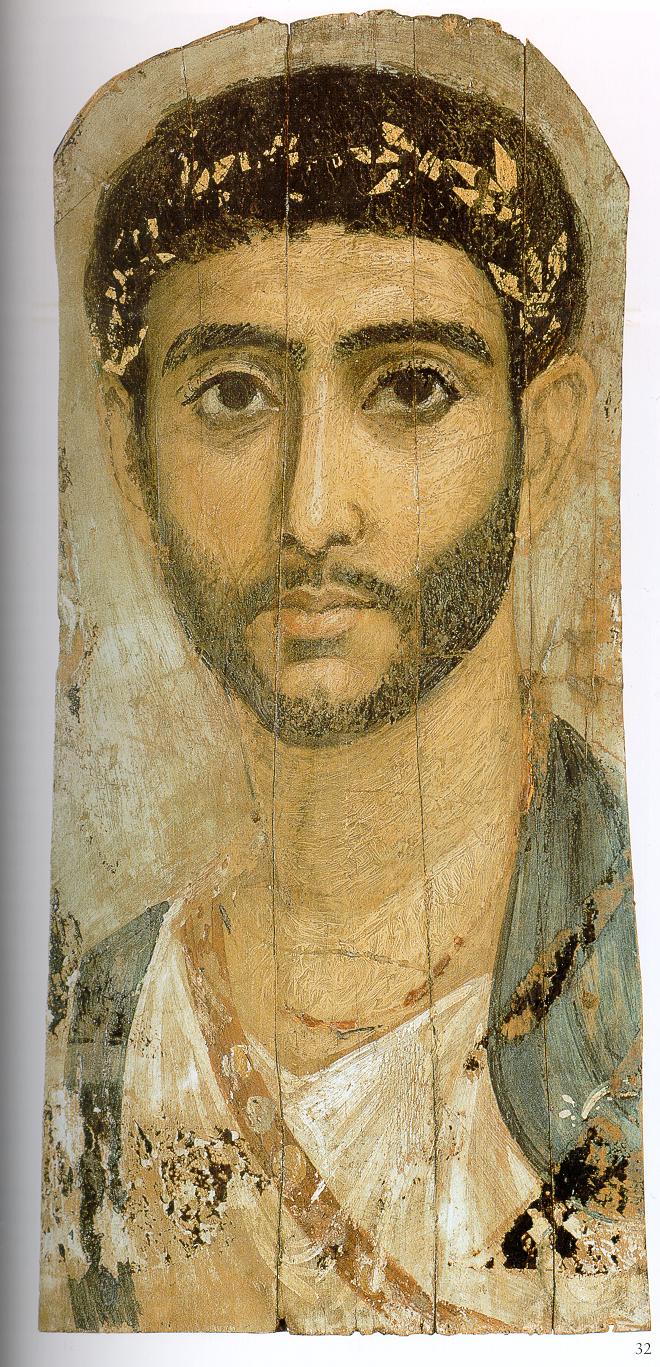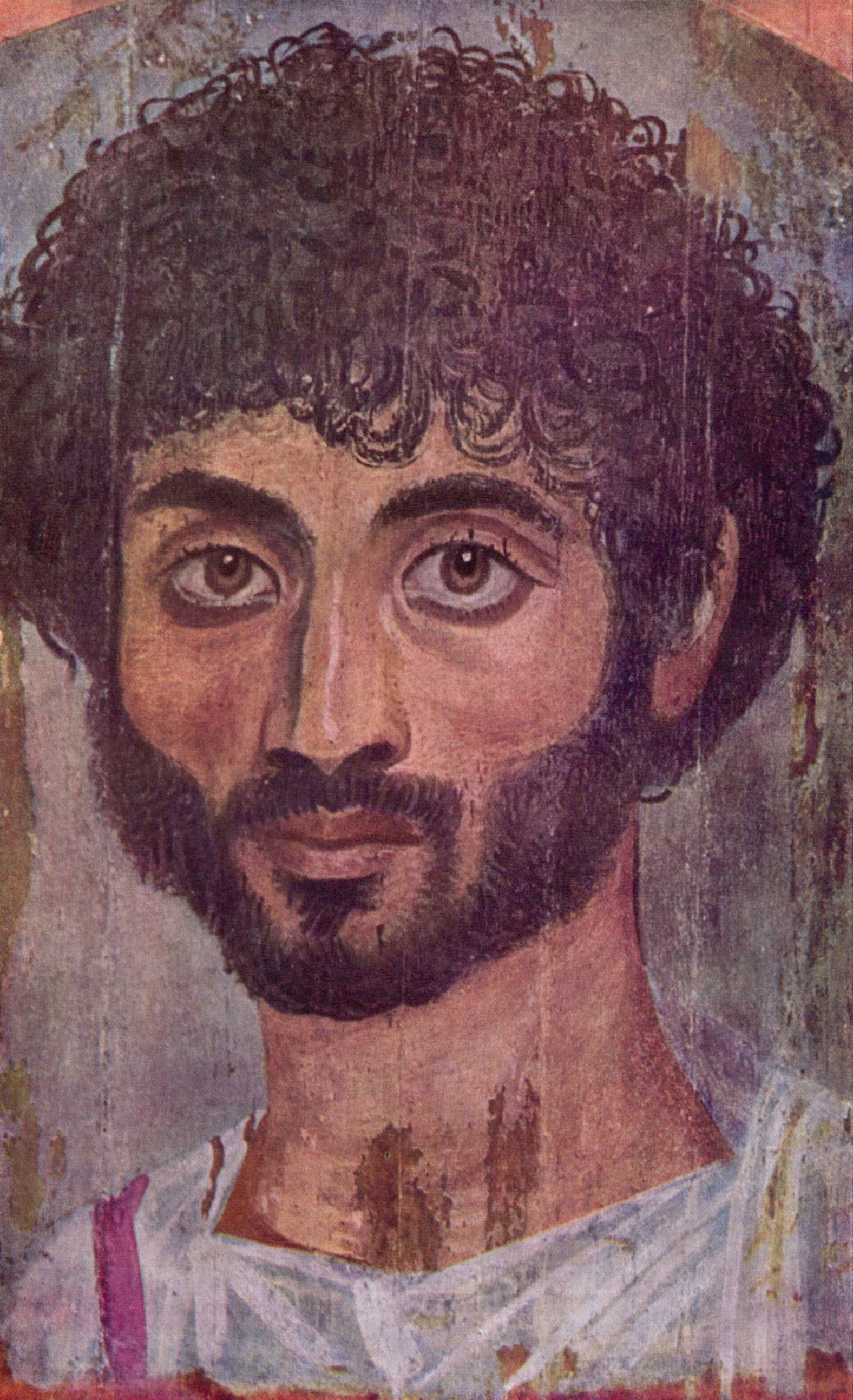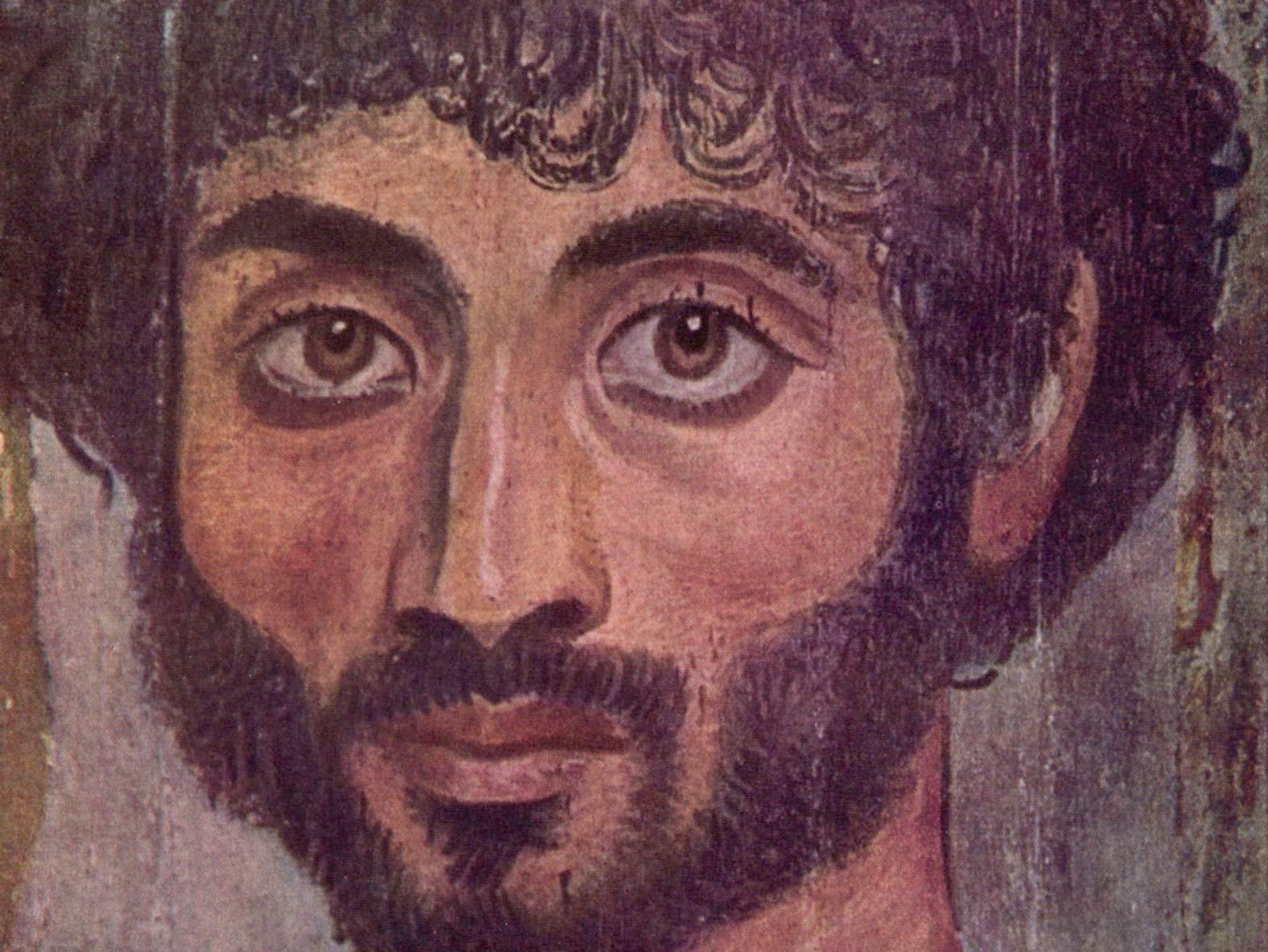Science and the fight for representation in the media has intertwined in a brand new study coming from Germany. The study focuses specifically on ancient Egypt. What the scientists have to say about their findings could give Hollywood food for thought, if they decide to dissect the scientists’ results.
What the DNA discovery actually is
As CNN reports, researchers from Germany’s University of Tuebingen and the Max Planck Institute for the Science of Human History in Jena have finally been able to do what scientists invested in studying Egypt have been trying to do for years–learn more about the genetic history of ancient Egyptians, a people who have been fought over by the Western World. That fight has played out in our modern media, with white actors playing the parts of historical ancient Egyptian characters, most notably the sheer number of actresses who have played Cleopatra.
The scientists used 151 mummies from Abusir el-Meleq, Middle Egypt. “The samples recovered from Middle Egypt span around 1,300 years of ancient Egyptian history from the New Kingdom to the Roman Period,” states the study, which was published in Nature Communications. The scientists found that ancient Egyptians from that area were more closely related to “Neolithic Anatolian and European populations.” Modern Egyptians, however, have more of a a genetic relationship with sub-Saharan Africans.
The reason behind the genetic surprise isn’t much of a surprise when you take into account the historical context the ancient folks of Abusir el-Meleq lived in. According to the study, Abusir el-Meleq was inhabited from around 3250BCE to about 700CE and was an attractive burial site because of its active cult to the god of the dead, Osiris. The site was part of a wider region during the third century BCE, a region that included the northern part of the Harakleopolites province and the Fayum and Memphite provinces, the latter two of which Abusir el-Meleq had close relations with. The Fayum province saw a huge influx in its population, more than likely from Greek immigration. During the Roman Period, many Roman veterans, described by the study as being people who weren’t “initially at least…Egyptian but people from disparate cultural backgrounds,” settled in the Fayum province after their time with the Roman army was done. After settling, they became a part of the local society and intermarried among the locals. Immigrants also influenced culture in Abusir el-Meleq, where coffins featuring Greek, Latin, and Hebrew names and Greek art remain.
However, the rate of intermarriage in the Fayum and surrounding areas was localized because of the high population of Greek and Roman immigrants. Intermarraige also seemed to serve political and social gains, since Roman citizenship was at stake and while Egyptians were granted citizenship under Roman rule, no doubt one could gain more rights of a Roman citizen if they married up, as it were.
“Our genetic time transect suggests genetic continuity between the Pre-Ptolemaic, Ptolemaic and Roman populations of Abusir el-Meleq, indicating that foreign rule impacted the town’s population only to a very limited degree at a genetic level. It is possible that the genetic impact of Greek and Roman immigration was more pronounced in the north-western Delta and the Fayum, where most Greek and Roman settlement concentrated, or among the higher classes of Egyptian society,” states the study. “Under Ptolemaic and Roman rule, ethnic descent was crucial to belonging to an elite group and afforded a privileged position in society. Especially in the Roman Period there may have been significant legal and social incentives to marry within one’s ethnic group, as individuals with Roman citizenship had to marry other Roman citizens to pass on their citizenship. Such policies are likely to have affected the intermarriage of Romans and non-Romans to a degree.”
The amount of sub-Saharan ancestry in modern Egyptians possibly comes from greater trade between the two regions. That trade also includes transporting slaves.
“Possible causal factors include increased mobility down the Nile and increased long-distance commerce between sub-Saharan Africa and Egypt,” states the study. “Trans-Saharan slave trade may have been particularly important as it moved between 6 and 7 million sub-Saharan slaves to Northern Africa over a span of some 1,250 years, reaching its high point in the nineteenth century.”
Despite the genetic breakthrough of tracing the genetic lineage of Abusir el-Meleq, the scientists stress that this one study probably (and more than likely isn’t) indicative of the lineage of the entirety of ancient Egypt.
“It is possible that populations in the south of Egypt were more closely related to those of Nubia and had a higher sub-Saharan genetic component, in which case the argument for an influx of sub-Saharan ancestries after the Roman Period might only be partially valid and have to be nuanced,” the study states. “Throughout Pharonic history that was intense interaction between Egypt and Nubia, ranging from trade to conquest and colonialism, and there is compelling evidence for ethnic complexity within households with Egyptian men marrying Nubian women and vice versa.”
In closing, the scientists stress that more studies need to be made of the ancient peoples of southern Egypt and Sudan in order to give a much more complete (or near-complete) picture of the vastness of the Egyptian genetic story.

How this affects the always-raging argument about how to portray ancient Egyptians in film and television? Does that mean Gods of Egypt is actually accurate??
Reading the original CNN article on this post, I knew there would be people, scholars who believe in the “Egypt-is-Anglo-Saxon” model in particular, who would take this study to mean that they are right and everyone who believes in a much more POC model of Egypt are wrong. While the study shows that there are European ties to ancient Egypt, some of these ties are what we’ve already learned from the history books–indeed, the Romans and the Greeks did come to Egypt due to its geological location as well as for political reasons (i.e. the Ptolemaic Dynasty–a Greek ruling family with origins in Macedonia–and the Roman Period), and Cleopatra herself, as the last Ptolemaic ruler, is of Egyptian and Greek-Macedonian background.
What is semi-new is the direct connection to Anatolia, otherwise known as Asia Minor or the Near East. Today, much of Anatolia is known as Turkey. While it’s always made sense that ancient Egyptians would share genetic connections to the Middle East simply because of Egypt’s geological location to many of the countries in the Middle East, the direct connection to Turkey has never been known.
In regard to this new knowledge, what does that mean for Hollywood when it comes to casting actors for films about ancient Egypt? Regarding this information about the citizens of Abusir el-Meleq, it would still be incorrect for a director to lazily cast characters since, going by old and new genetic information, ancient Egyptians were never “white” in the Western sense. For example, Gods of Egypt, which included actors hailing from Denmark (Nikolaj Coster-Waldau), Australia (Brenton Thwaites), Scotland (Gerard Butler), and France (Elodie Yung, who is of French and Cambodian descent), is still historically incorrect and, just on a base level, visually upsetting. Even Chadwick Boseman, who is part of the African Diaspora, more than likely doesn’t share any strong genetic ties to Egypt. Most of the actors who would at least, visually, present a better vision of ancient Egypt were actors or crew who either had bit parts or went uncredited–Josh Farah, Wassim Hawat, Julian Maroun, Ishak Issa, and Rhavin Banda, to be specific. Of course, having these guys might not make the film any more or less accurate either, since this casting would be based solely on skin color and not on historical accuracy.
Hollywood actors who would have been perfectly suited for these roles would have been actors who are of Egyptian or Turkish background, such as Numan Acar (Homeland, of German and Turkish heritage), Deniz Akdeniz (I, Frankenstein, Once Upon a Time), Osman Soykut, also known as Ozman Sirgood (The Hot Chick, Alias, Uncharted 2: Among Thieves, of Eastern European and Turkish heritage), Rami Malek (Mr. Robot, Night at the Museum series, of Egyptian heritage), Amr Waked (Lucy, Egyptian heritage), Khaled Nabawy (Kingdom of Heaven, Egyptian heritage), Sammy Sheik (American Sniper, Egyptian heritage), Ahmed Ahmed (Iron Man, Egyptian heritage), Kal Naga (Tyrant, Egyptian heritage) and plenty of other undiscovered Turkish and Egyptian actors in America looking to make their mark in Hollywood, as well as established Turkish and Egyptian actors who are looking to break into the American market. Ditto this list for a more accurate portrayal of biblical characters in Exodus: Gods and Kings.
However, that’s also not to say that the European ancestry of some ancient Egyptians shouldn’t be expressed in films. This needs to be done with care, since too often, the casting practice for Hollywood is, as we’ve seen with Gods of Egypt, to whitewash with abandon. Some of the actors I mentioned are biracial, which goes right into the picture that the study itself painted about the ancient Egyptians of Abusir el-Meleq. Overall, casting history should be done with care, not with Hollywood stereotyping and tropes.

The Takeaways
If there’s been any production that made an effort to be at least visually appealing in regards to showcasing ancient Egypt is Spike’s TUT, which starred Avan Jogia and a mostly brown and black cast in an attempt to show how ancient Egypt and neighboring regimes in Sudan actually interacted with each other. Sure, it’s not historically accurate, but as far as Hollywood standards go, this was a knock out of the park. If Hollywood went in this direction more often, there might be less gripes from audience members.
In short, the new study doesn’t go against what folks who are vying for better represented Egyptian-themed movies have been preaching. If anything, it clarifies things even more. It showcases that there is not only a need to show ancient Egyptians as they actually looked, but there is also a need to remember that ancient Egyptians, just like us, existed in a multiracial, multicultural world, that included intermarriage and biracial/multiethnic offspring. It would be great if the people behind the films we loved showed an interest and curiosity in creating a film that not only had a great story, but also paid respect to the people whose stories they are telling.

